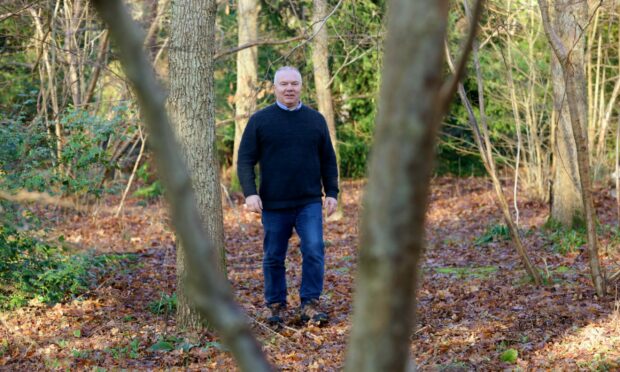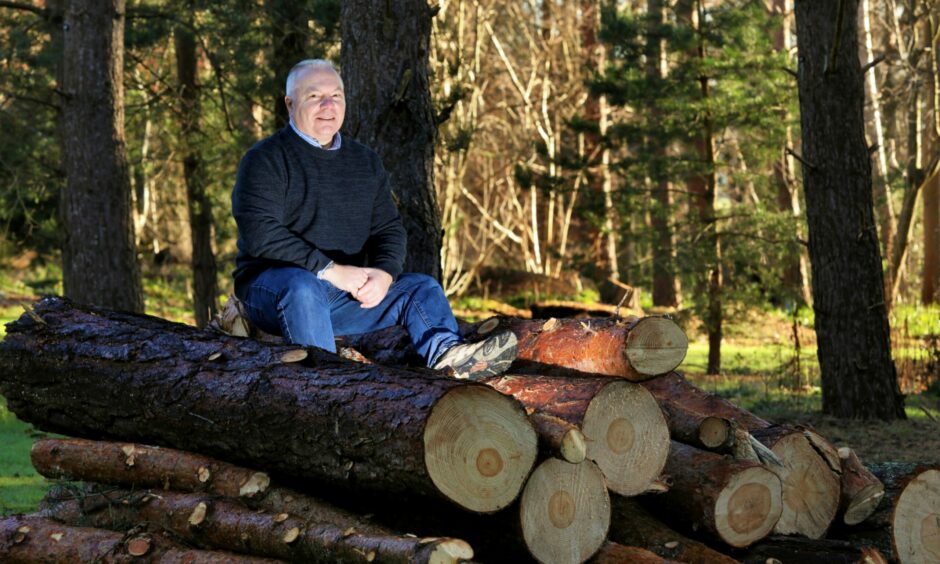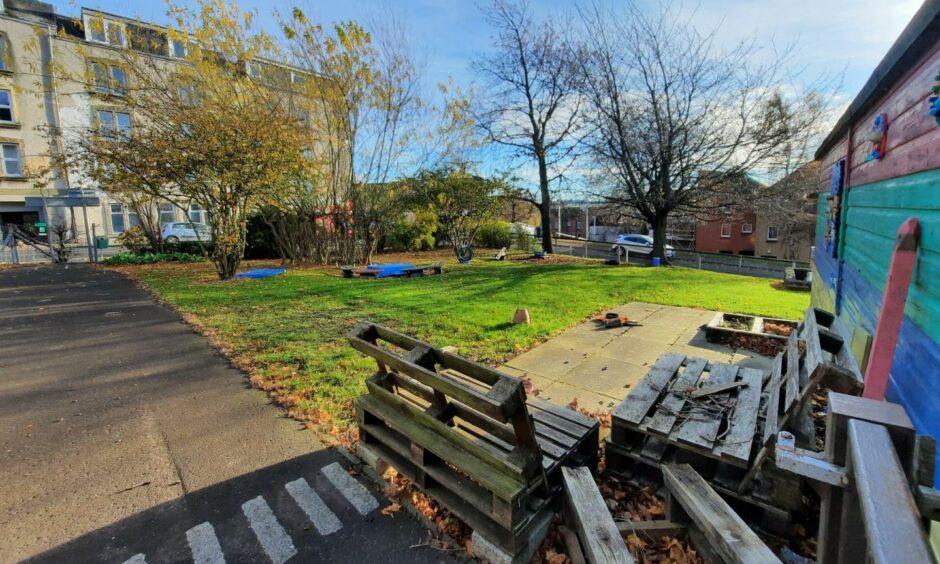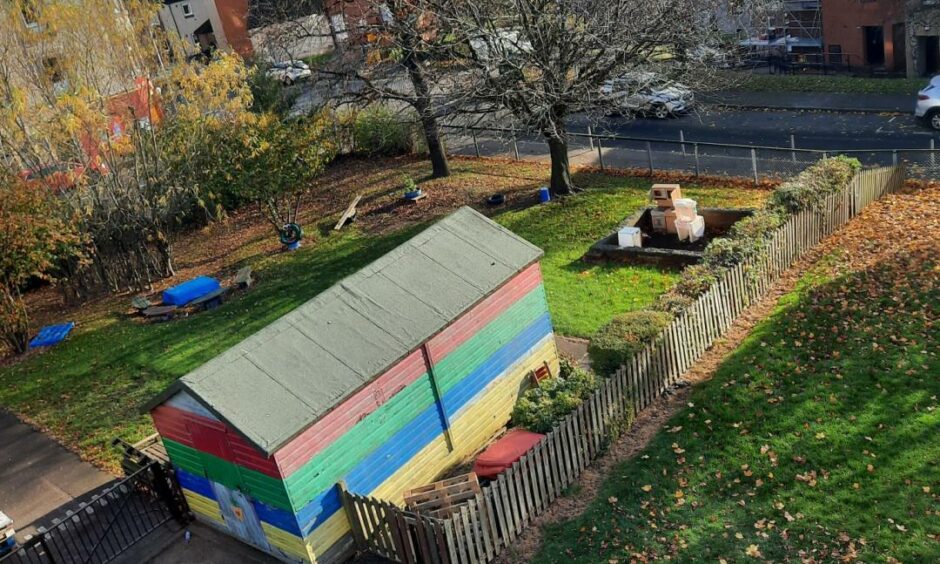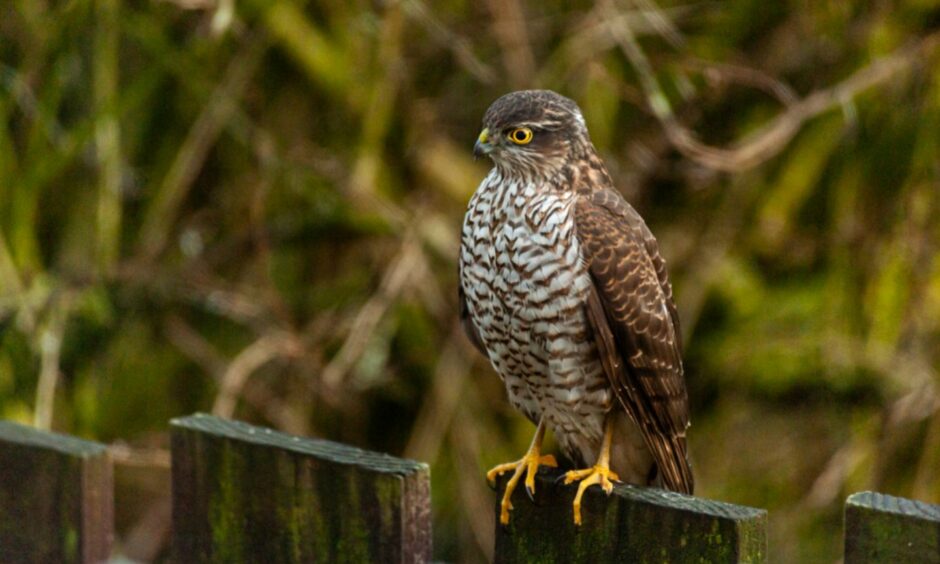Dundee environmentalists are planting several ‘Wee Forests’ across the city – with the first one in Stobswell.
The team behind the ‘Wee Forests’ scheme hope to turn Dundee into a city where people are never more than a three-minute walk from a nature spot.
Experts at Dundee Botanic Gardens are bringing tennis-court sized forests to the city. They are working with colleagues at NatureScot.
Organisers hope the ‘forests’ will grow into thriving biodiversity hotspots as well as creating green spaces for people of all backgrounds.
Where will the Wee Forest be in Dundee?
By the end of March, visitors will able to check out the Wee Forest for themselves on Robertson Street, in the Stobswell area of Dundee. The trees will still be saplings, however.
Glebelands Primary School pupils have worked with the Dundee Botanic Gardens team to complete the initial ground work.
The tennis court-sized nature hub will have a variety of trees planted – including oak ash, Scots pine, birch – which will create a biodiverse zone flush with bird, insect and floral life.
There are also plans to create a Wee Forest at Balunie Avenue. Details are currently being thrashed out with the landowner there, who is said to be keen on the idea.
Hopes for a greener Dundee
Kevin Frediani, who is leading the project in Dundee, hopes the project is the first step in creating a greener city.
He wants the two initial Wee Forests to be the first of many in Dundee.
Kevin said: “Ultimately, what I want is that wherever you live in the city you are not more than a three-minute walk from a nature spot.
“With the Botanic Garden being where it is in the West End, there can be a bit of a barrier for some people.
“Having Wee Forests dotted all over the city will make nature accessible for all.”
Kevin thinks the project is more vital than ever in the wake of the coronavirus pandemic.
“We’ve really seen the importance of nature and outdoor spaces during lockdown, both for physical and mental health.”
Japanese inspiration
The idea for Wee Forests, known as ‘tiny forests’ outside Scotland, is inspired by Japanese botanist Akira Miyawaki.
He innovated the method of planting trees in a small space and allowing nature to do its own thing, using tree species native to the area.
The saplings need around three years of maintenance, but are self-sustaining after that.
Miyawaki’s method has been used across the world, including America, Sri Lanka, India and France.
The method is “tried and tested”. Kevin said he is confident that within a year Dundee’s Wee Forest will resemble an actual forest.
“We don’t want to mislead anyone that when the trees are planted in March it will look like a fully-fledged forest. It’s saplings we’re planting and they’ll be between 60cm to a metre high.
“It will be open to the public and there will be signs telling people what it’s all about. If we give the trees what they need [then] it won’t take long for them to grow.”
Kevin said the Botanic Gardens is an example of that.
“At first it was just a plain field, but within the first year there were songthrushes, robins and others there.
“And within seven years there was a sparrowhawk.”
Kevin has similar hopes for Wee Forests in Dundee.
“This method is like the F1 of forest planting,” Kevin said. “It doesn’t take long for nature to come in — if you let it.”
As well as Dundee, the Wee Forest scheme is popping up in Aberdeen, Edinburgh and East Ayrshire.
